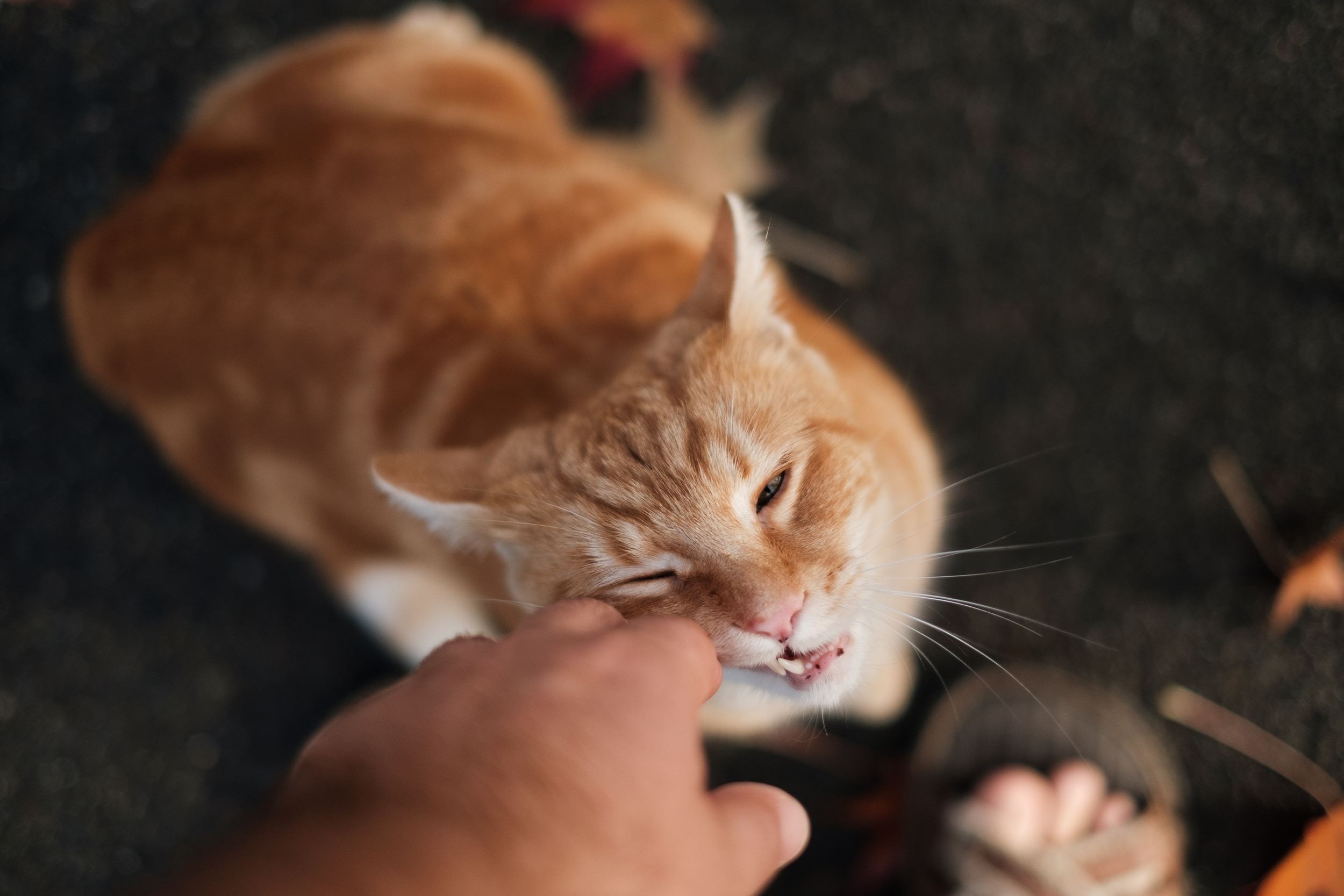Choosing the Right Cat Food: A Comprehensive Buyer's Guide
As a responsible and caring cat owner, one of the most important decisions you'll make for your feline friend is selecting the right cat food. Proper nutrition plays a crucial role in your cat's overall health and well-being. With an overwhelming array of options available, choosing the best cat food can be a daunting task. In this comprehensive buyer's guide, we'll walk you through the essential factors to consider when selecting cat food, deciphering cat food labels, and understanding your cat's dietary needs.

Understanding Your Cat's Dietary Needs
Before delving into the world of cat food, it's vital to understand your cat's dietary requirements. Cats are obligate carnivores, which means their diet primarily consists of meat. Here are some key aspects of your cat's nutritional needs:
1. Protein
Cats require a diet rich in high-quality animal protein. Look for cat food that lists a named meat source, such as chicken or salmon, as the primary ingredient.
Source:Protein Requirements for Cats
2. Fats
Fats are an essential energy source for cats. They also aid in the absorption of fat-soluble vitamins. Ensure your cat's food contains a moderate amount of healthy fats.
Source:Dietary Fat for Cats
3. Carbohydrates
Cats have limited carbohydrate requirements. While some carbohydrates are acceptable in cat food, it should not be the primary ingredient.
4. Vitamins and Minerals
Cats need a variety of vitamins and minerals for overall health. Check that the cat food you choose is formulated to meet these needs.
5. Water
Cats can be prone to urinary tract issues, so moisture content is crucial. Wet cat food can help ensure your cat stays hydrated.
Source:Cat Urinary Tract Health
Deciphering Cat Food Labels
Understanding cat food labels is essential for making informed choices. Here are some key terms and components you might encounter on cat food labels:
1. Named Meat Source
Look for cat food that lists a named meat source as the first ingredient. For example, "chicken" or "salmon" should be prominent.
2. Protein Percentage
Check the protein percentage on the label. Quality cat food should contain at least 30% protein.
3. Avoid Fillers
Avoid cat foods that list fillers like corn, wheat, or soy as the primary ingredients. These provide little nutritional value for cats.
4. No Artificial Additives
Opt for cat food without artificial colors, flavors, or preservatives.
5. Life Stage-Specific
Select cat food appropriate for your cat's life stage, whether they are a kitten, adult, or senior.
6. Special Dietary Needs
If your cat has specific dietary needs or sensitivities, choose cat food tailored to those requirements.
Types of Cat Food
There are several types of cat food to consider, each with its advantages and considerations:
1. Dry Cat Food (Kibble)
- Convenient and cost-effective.
- Helps with dental health by reducing tartar buildup.
- Should be supplemented with wet food or fresh water for hydration.
2. Wet Cat Food
- Contains higher moisture content, promoting hydration.
- Can be beneficial for cats with urinary tract issues.
- May require refrigeration after opening.
3. Raw or Homemade Cat Food
- Offers complete control over ingredients.
- Requires careful formulation to ensure balanced nutrition.
- Consult with a veterinarian or veterinary nutritionist before adopting a homemade diet.
Consider Your Cat's Age and Health
Your cat's age and health status should influence your choice of cat food:
1. Kitten Food
Kittens have high energy and growth requirements. Choose specially formulated kitten food until they are around one year old.
Source:Feeding Kittens
2. Adult Cat Food
Adult cats require a balanced diet to maintain their health. Ensure their food meets all their nutritional needs.
3. Senior Cat Food
Older cats may benefit from food formulated for senior cats. These diets often address issues like joint health and reduced calorie needs.
Source:Nutritional Needs for Senior Cats
Special Dietary Considerations
If your cat has specific dietary needs or health issues, consult with your veterinarian to determine the best food options. Some common dietary considerations include:
1. Food Allergies
Cats can develop allergies to certain ingredients. If your cat shows signs of allergies, your vet may recommend an elimination diet to identify the allergen.
Source:Food Allergies in Cats
2. Weight Management
If your cat is overweight or obese, your vet may recommend a weight management formula with controlled calorie content.
Source:Obesity in Cats
3. Urinary Tract Health
For cats prone to urinary tract issues, specialized urinary care diets can help prevent problems.
Source:Preventing Urinary Crystals in Cats
Transitioning to New Cat Food
When switching your cat to a new food, do so gradually. Mix a small amount of the new food with their current food, gradually increasing the proportion of the new food over several days. This helps prevent digestive upset.
Source:Switching Cat Food

Conclusion
Choosing the right cat food is a significant responsibility for cat owners. Your cat's health, longevity, and overall well-being depend on the nutrition you provide. By understanding your cat's dietary needs, deciphering cat food labels, considering their age and health, and consulting with your veterinarian when necessary, you can make informed decisions about the best cat food for your feline friend.
Remember that every cat is unique, and what works for one may not work for another. Pay attention to your cat's individual preferences and any specific health concerns they may have. With the right cat food and proper care, you can ensure a long, happy, and healthy life for your beloved feline companion.